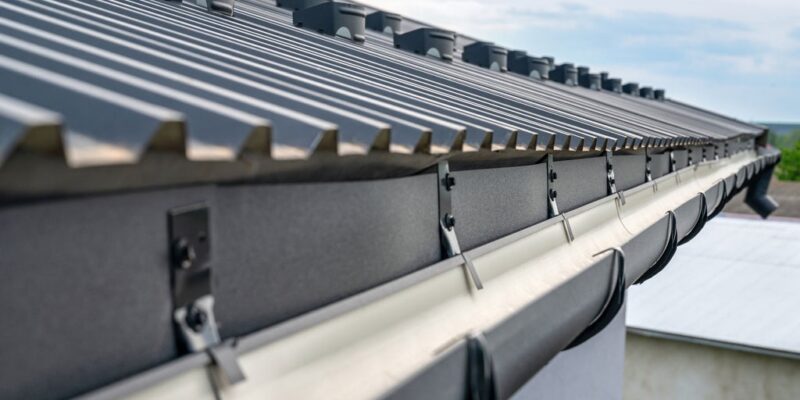When the heavy rain arrives, your house’s first defense isn’t the roof — it’s the gutter system directing the water safely away. Most homeowners don’t realize how important a good gutter system is until water damage is an expensive issue. That’s where Seamless Rain Gutters fits in, providing durable protection, enhanced beauty, and storm season peace of mind.
What Sets Seamless Rain Gutters Apart
Old-fashioned Rain Gutters are installed in pieces that are welded together along the edges of your house. Every seam becomes a potential leak and collection point for debris over the years. Seamless systems, conversely, are pre-fabricated from one uninterrupted roll of metal — usually aluminum, copper, or steel — cut to fit exactly to your home’s size.
This design avoids unnecessary joints, which can cause leaks and corrosion. The outcome? A neater appearance and better water flow under heavy rainfall.
Why Seamless Systems Provide Better Protection
Heavy rainfall can reveal all the imperfections of your roofing and drainage system. When water overflows, it penetrates walls, foundations, and basements — causing structural failure and mold infestation. Seamless Rain Gutters are designed to accommodate high volume of water without overflow, protecting your property from water entry.
They’re also less likely to clog since fewer seams translate into fewer areas where leaves and debris tend to accumulate. That makes them easier to maintain and your gutter system more trustworthy, particularly during California’s fickle rainy seasons.
How Rain Gutters Installation Works
Professional Rain Gutters Installation starts with accurate measurement of your roofline. The professional installs continuous gutter sections using a machine that exactly fits your house. Strategically placed downspouts send water away from the foundation.
A professional installation guarantees:
- Tight connection to fascia boards
- Proper slope for optimal water flow
- Leakproof corners and outlets joints
Selecting veteran installers is crucial — an improperly installed system will lead to pooling, sagging, or worse, roof damage down the road.
Selecting the Proper Materials for Your House
Not all gutters are alike. Seamless systems can be constructed out of a variety of materials based on your budget and desired look:
- Aluminum: Light, rust-free, and inexpensive.
- Copper: Extremely long-lasting and gives a high-end architectural feel.
- Steel: Durable and long-lasting, ideal for regions with extreme weather conditions.
House owners in areas such as Los Angeles or Northern California tend to prefer aluminum since it is a good middle ground when it comes to cost versus performance.
Maintenance Tips for Long-Term Performance
Even the most superior gutter systems require periodic maintenance. To ensure that your Seamless Rain Gutters remain in top condition:
- Clean out debris at least twice a year
- Check for dents or sagging after storms
- Inspect downspouts for good drainage
- Trim branches that hang over to reduce leaf accumulation
Routine maintenance not only adds years to your gutter’s life, but also provides consistent performance year-round.
When to Upgrade Your Rain Gutters
If your existing system rusts, leaks, or needs constant patching, it is perhaps time to upgrade. Seamless designs provide a great return on investment through damage from water avoidance and low maintenance fees. They also add curb appeal to your home with a polished, smooth finish.
Why Seamless Rain Gutters Are Worth It
Investing in Seamless Rain Gutters isn’t simply a matter of protecting your home — it’s long-term financial savings and dependability. By maintaining your foundation integrity, roof integrity, and exterior walls from staining, they save your house’s integrity and worth for years to come.
For homeowners in California who face the seasonal rains, a seamless system provides the confidence that each drop of rainwater is being handled properly — precisely where it should go.













